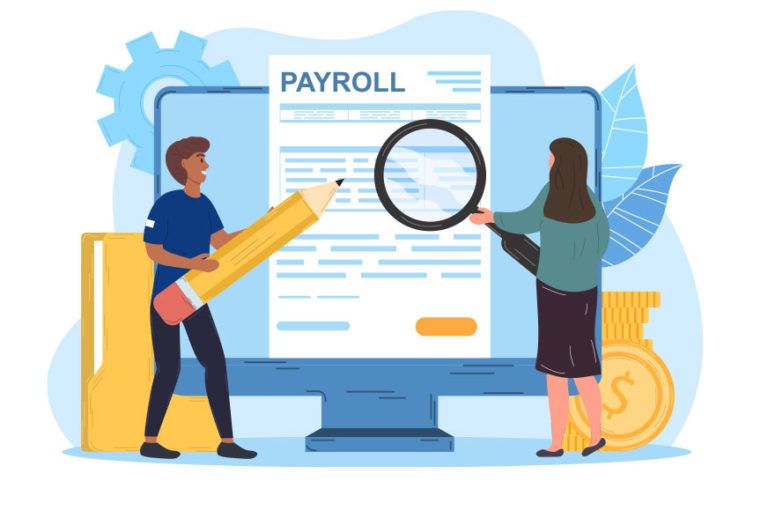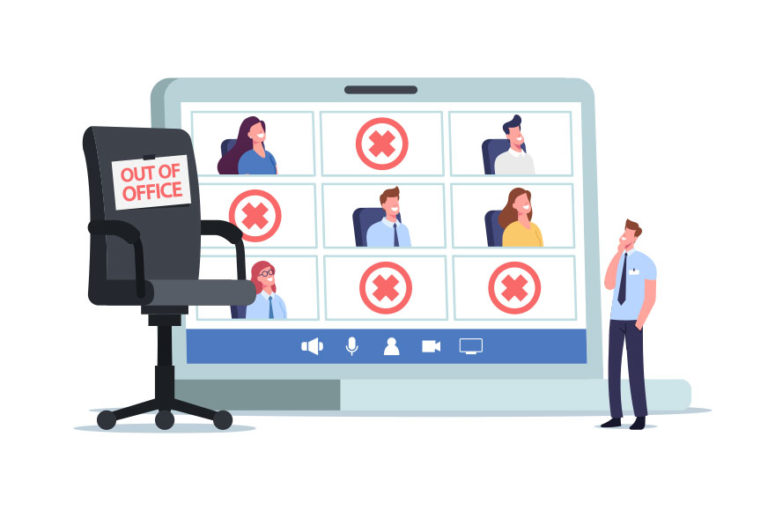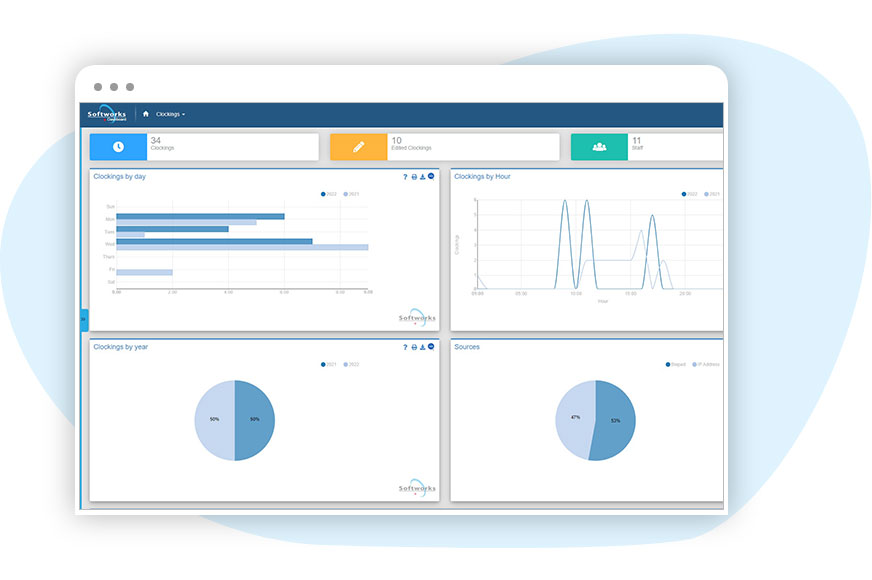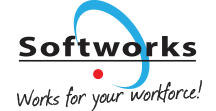“What gets measured gets managed” is a principle that is often applied to business situations. The quote is generally attributed to management expert Peter Drucker although it has also been attributed to Tom Peters, Edwards Deming and Lord Kelvin amongst others. Regardless of who said it, the message is pretty clear: by measuring something, you get the information you need to make better and more informed decisions and in turn improve your business operations.
Here are some top reasons why managing, monitoring, and measuring your employees’ time and attendance is essential:
Every minute of everyone’s time costs
In any organization, time is a critical resource that should be utilized effectively and efficiently. Every minute of your employees’ time represents a cost to your organization, whether in terms of wages, salaries, or other benefits. As such, it is essential to capture every minute of your employees’ time to help you make informed and strategic decisions that will drive operational performance and profitability. In many industries, labor costs can represent a significant portion of an organization’s total costs, often up to 70%. Therefore, it is essential to minimize labor costs wherever possible.
Unapproved overtime, absenteeism, disability benefit schemes, questionable sickness absences, late arrivals, finishing early, long breaks, and unproductive employees all contribute to increasing workforce costs. Without an automated system to capture this information, these expenses are difficult to identify, quantify, or qualify.
By implementing a reliable time and attendance system, you can accurately track your employees’ time and attendance, ensuring that your organization captures every minute worked.

Reduced Payroll Costs – Overpayments
An automated time and attendance system can have a significant impact on an organization’s payroll costs. It can help to reduce both overpayments and underpayments resulting from various factors such as lateness, finishing early, long breaks, unapproved overtime, and incorrect data entry.
By precisely recording the hours worked by each employee, the system can ensure that employees are paid accurately and on time, which can increase employee satisfaction and reduce turnover. The system can also be integrated with your current payroll systems, feeding data directly and eliminating manual errors, improving accuracy, and significantly cutting down on the amount of time it takes to process payroll.
On the other hand, underpayments can occur when employees are not paid for all the hours they worked or are paid at the wrong rate. This can lead to employee dissatisfaction, low morale, and even legal issues. An automated time and attendance system can help to identify and correct these issues, ensuring that employees are paid correctly and on time. This can ultimately help to reduce costs associated with legal disputes, grievances, and employee turnover.
Unapproved overtime, absenteeism, disability benefit schemes, questionable sickness absences, late arrivals, finishing early, long breaks, and unproductive employees all contribute to increasing workforce costs. Without an automated system to capture this information, these expenses are difficult to identify, quantify, or qualify.

Learn more: How to reduce payroll costs with Softworks?
Effectively managing employee absenteeism
Employee absenteeism can have a detrimental effect on an organization’s productivity and efficiency. When an employee is absent, it can cause other employees to take on additional tasks, leading to overtime and reduced service levels. This, in turn, can cause a decline in morale among employees who are expected to cover for an absent colleague, leading to a decrease in overall productivity and efficiency.
Absenteeism can also have a significant financial impact on an organization. Direct costs such as sick pay and overtime payments can add up quickly, but indirect costs such as lost productivity and decreased employee morale can often exceed the direct costs. In fact, studies have shown that the cost of absenteeism can be up to four times the direct costs.
To effectively manage absenteeism and reduce these costs, organizations can implement time and attendance software. The software can help track employee attendance, monitor sick leave, and provide real-time data to management. By identifying patterns of absenteeism and addressing the root causes, such as employee burnout or poor management practices, organizations can take proactive steps to reduce absenteeism and improve productivity.

Management Reporting
Time and attendance solutions provide a comprehensive set of data that can be used to drive business decisions and optimize productivity. With real-time data available at your fingertips, senior management can make informed decisions that can impact business outcomes. These solutions enable organizations to monitor employee performance, ensure adherence to policies and procedures, and track employee efficiency and productivity over extended periods of time.
By providing accurate and detailed reporting on employee hours and payroll costs, time and attendance solutions help organizations identify inefficiencies and areas for improvement. This information can be used to implement more effective management strategies, optimize employee schedules, and reduce the risk of costly errors or discrepancies.
Moreover, having a complete picture of employee efficiency and trends for the entire organization helps ensure policies, procedures, and rules are consistently and fairly applied, resulting in a more productive and engaged workforce.

Compliance with working time legislation
Compliance with government regulations is a critical aspect of managing employee time and attendance. Failure to comply with these regulations can result in costly penalties, lawsuits, and damage to an organization’s reputation. Time and attendance software can help ensure compliance with labor laws, such as minimum wage laws, overtime rules, and regulations around working hours and breaks.
In many regions, including Europe, the United States, Canada, and elsewhere, labor laws are complex and continuously changing. It can be challenging for organizations to stay up-to-date with these laws and regulations, especially when they have operations in multiple jurisdictions. Time and attendance software can automate the process of tracking and reporting employee time, making it easier to comply with local laws and regulations.
By using time and attendance software, organizations can accurately track employee hours and provide evidence to demonstrate compliance with labor laws. The software can generate reports that show compliance with labor regulations, making it easier to demonstrate compliance during audits or inspections. This can help organizations avoid fines and other penalties that result from non-compliance.

Conclusion
By implementing a reliable time and attendance system, organizations can accurately track employee time, reduce payroll costs, effectively manage absenteeism, generate management reporting, and ensure compliance with working time legislation.
These benefits can ultimately drive operational performance, improve profitability, and enhance employee satisfaction and productivity. Therefore, organizations should consider investing in time and attendance solutions to optimize their workforce management strategies and stay competitive in today’s business landscape.










